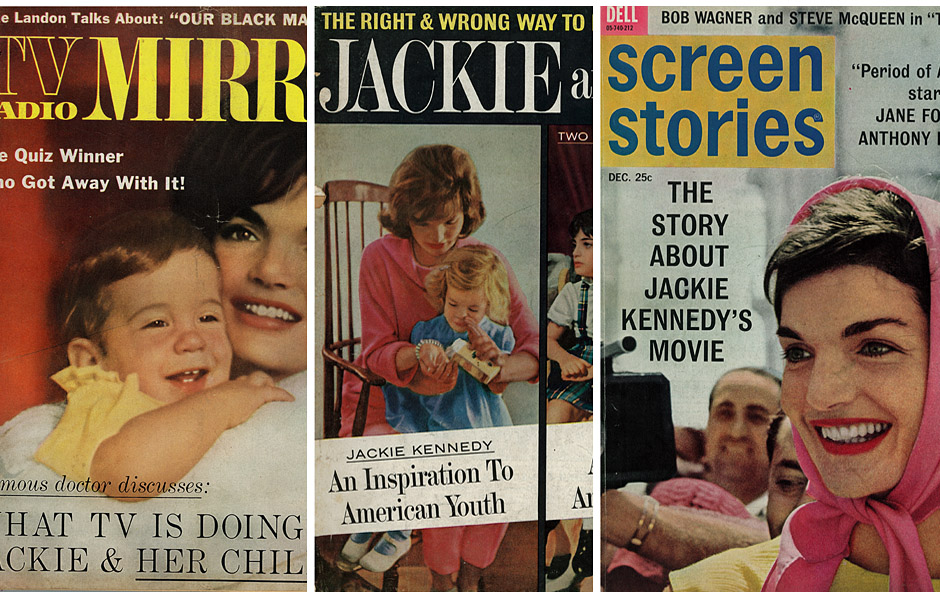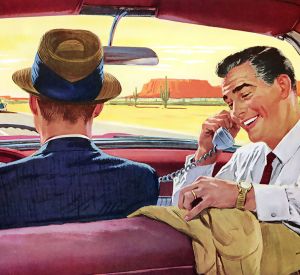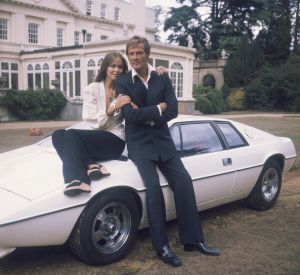The Selling of the Jackie Kennedy Lifestyle in the Movie Magazines
As long as they have been in public life, the Kennedys have been associated with the press, making their first fan movie magazine appearance in the September 1927 issue of Photoplay. By the early 1960s, there were upwards of forty fan magazines, including Photoplay, Motion Picture, Modern Screen, and TV Radio Screen. The forerunners of the modern “celebrity magazines” such as Us Weekly and In Touch, the movie mags covered the misadventures, tribulations and lifestyles of television and film stars.
In the wake of the Red Scare and the advent of television, movie admissions and, thus, the movie magazines’ revenue from advertising had dramatically decreased. In response, tabloid editors used Jackie Kennedy’s image with unabashed frequency. Much as popcorn kept movie theaters afloat after the advent of television, so Jackie stories salvaged the movie magazines. Life in the White House had become the world’s most exciting movie and the movie magazines were committed to covering it.
In doing so, the fan magazines were chronicling a lifestyle that held great allure for readers. This was, from the very beginning, a fairy tale as vividly drawn as any by Disney and Jackie’s was the perfect life to which any tired housewife could aspire.
The fairy tale would play out weekly on newsstands across the country, and even just by reading the headlines- much less the stories- it was possible to keep abreast of everything happening in Jackie’s magical movie magazine world. Her reign as movie magazine queen would be so successful that in 1962, after just one year as First Lady, Variety hailed her as the “world’s top Box Office femme.” Never mind that she had never been in a film.
It was astonishing, the ease with which she could be integrated into everyday life. There were “Jackie” vases, “Jackie” dolls, and “Jackie” salt and pepper shakers. By July 1961, two million copies of a biography had been sold. Plastic surgeons reported an increase in requests for nose bobs and low-priced clothing lines offered affordable knock-offs so everyone could sport the “Jackie look.” For the Midwestern housewife who knew nothing of Saint-Simon, fine art, or French and lacked Mrs. Kennedy’s je ne sai quoi, copying the First Lady’s hair, clothes and lifestyle provided an easy means of evoking her sophistication.
After the TV program A Tour of the White House with Mrs. John F. Kennedy aired in 1962, yard sales and antique stores did booming business as women began foraging with near maniacal vigor in a quest to decorate their homes à la “Jackie.” Nearly every aspect of Mrs. Kennedy’s life– what she said, what she wore, where she went and what she did– was marketed.
The movie magazines had begun as an advertising vehicle for motion picture stars, but “Jackie’s” very appearance in their pages suggested a sea change. Whereas celebrities like the Beatles, Frank Sinatra and Elizabeth Taylor were, in fact, selling a product– themselves and their movies or music, Jacqueline Kennedy had nothing to hawk. And so, her life itself was turned into a movie for the public’s entertainment. Within the tabloid culture, she heralded a new age—one in which an ordinary housewife could become a lifestyle star.






















